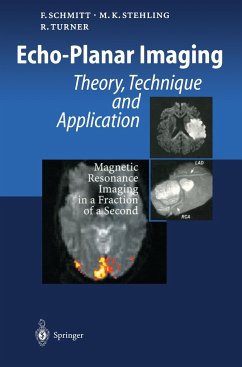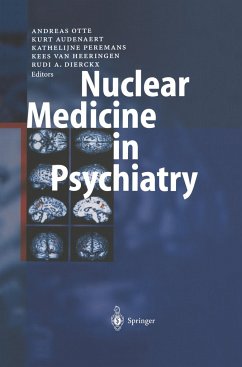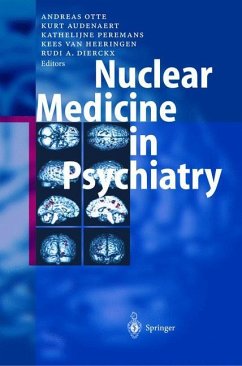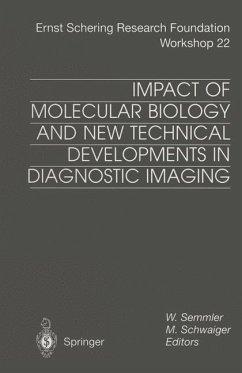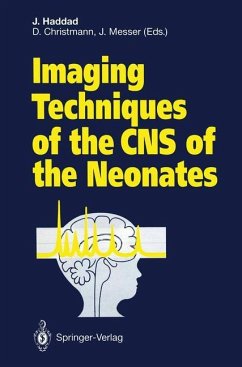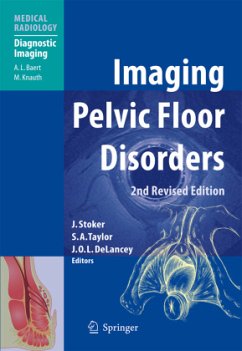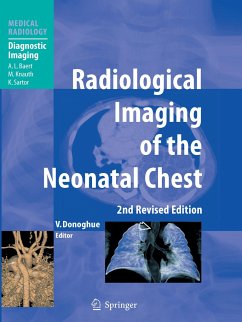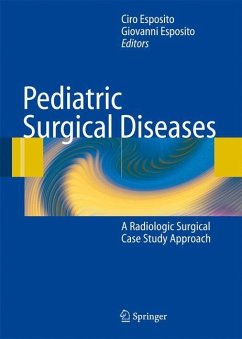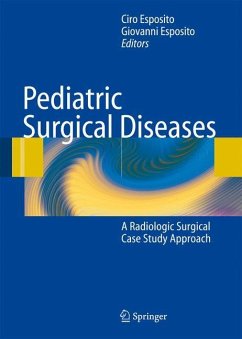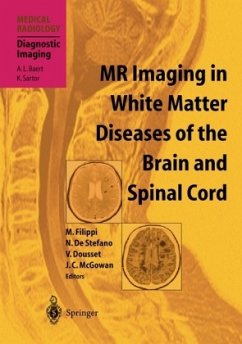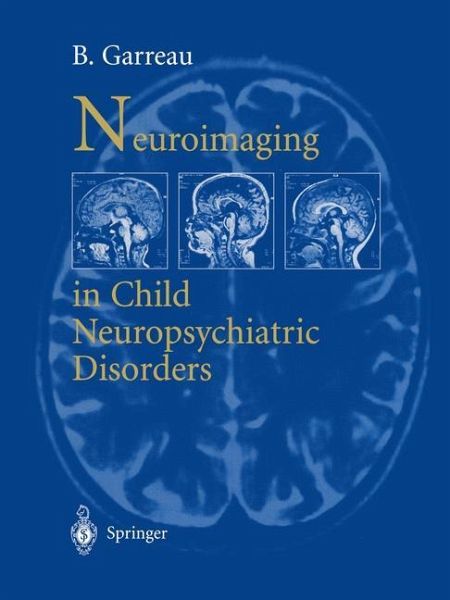
Neuroimaging in child neuropsychiatric disorders
Versandkostenfrei!
Versandfertig in 6-10 Tagen
76,99 €
inkl. MwSt.

PAYBACK Punkte
38 °P sammeln!
The twentieth century was the century of the development of morphological cerebral imaging by tomodensitometry (TDM) and Magnetic Resonance Imaging (MRI). In recent years new brain imaging methods were used in adults with neurological lesions, and more recently in adults with psychiatric disorders. Now it is also possible to use, most of these morphological and functional brain imaging methods in children.This book presents the main morphological and functional brain imaging methods that we can use in the child. Two main applications are developped: physiopathological and therapeutical interes...
The twentieth century was the century of the development of morphological cerebral imaging by tomodensitometry (TDM) and Magnetic Resonance Imaging (MRI). In recent years new brain imaging methods were used in adults with neurological lesions, and more recently in adults with psychiatric disorders. Now it is also possible to use, most of these morphological and functional brain imaging methods in children.
This book presents the main morphological and functional brain imaging methods that we can use in the child. Two main applications are developped: physiopathological and therapeutical interest. The physiopathological approach is of a great interest, coupled with clinical evaluation in psychomotor disorders like hyperkinetic or Tourette syndrom, and in developmental disorders like autistic syndrom, mental retardation, Rett Syndrom ...
This book presents the main morphological and functional brain imaging methods that we can use in the child. Two main applications are developped: physiopathological and therapeutical interest. The physiopathological approach is of a great interest, coupled with clinical evaluation in psychomotor disorders like hyperkinetic or Tourette syndrom, and in developmental disorders like autistic syndrom, mental retardation, Rett Syndrom ...





